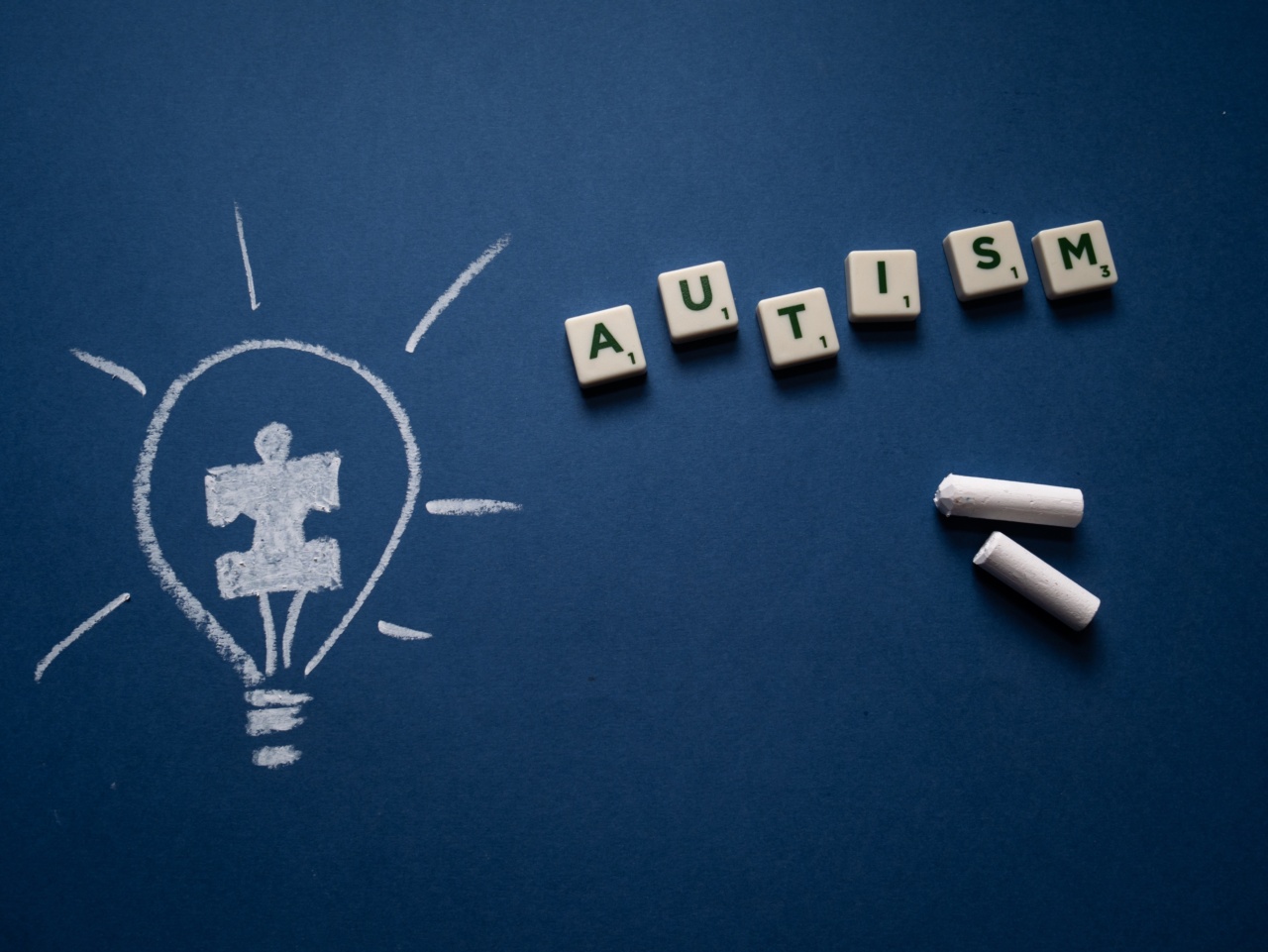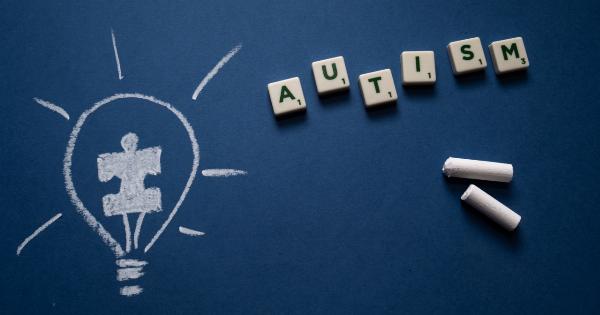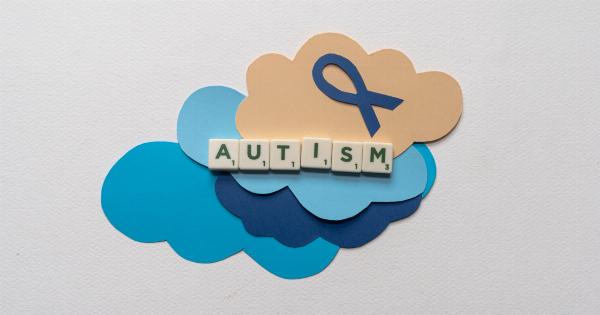Hyperactivity and autism spectrum disorder (ASD) are two conditions that can impact a person’s behavior and ability to interact with others.
While there are similarities between the two, they are distinct conditions with different diagnostic criteria and treatment approaches. In this article, we will explore the differences between hyperactivity and ASD and what you need to know about them.
What is Hyperactivity?
Hyperactivity is a term used to describe a state of excessive activity or restlessness.
It is a symptom that can appear in various conditions, including ADHD (attention-deficit hyperactivity disorder), anxiety, bipolar disorder, and other mental health conditions. Children with hyperactivity may be fidgety, have trouble sitting still, often interrupt others, and be easily distracted.
What is Autism Spectrum Disorder (ASD)?
ASD is a neurodevelopmental condition that affects communication, social interaction, and behavior. It is called a “spectrum” disorder, as it can present itself in many different ways and with varying levels of severity.
Some individuals with ASD may have difficulty with social communication, repetitive behaviors, restricted interests, or sensory processing difficulties. Others may have challenges with executive functioning, sensory processing, or emotional regulation.
Symptoms of Hyperactivity
Hyperactivity can manifest as various symptoms, including:.
- Excessive movement and restlessness
- Fidgeting, squirming, tapping, and bouncing
- Difficulty staying seated or focused
- Talking excessively or interrupting others
- Impulsiveness and risk-taking behavior
- Difficulty waiting their turn or following rules
Symptoms of ASD
The symptoms of ASD can vary significantly between individuals, but some common features include:.
- Difficulty with social communication and interaction
- Repetitive behaviors or routines
- Restricted interests and preferences
- Sensory processing difficulties
- Delayed language development or lack of interest in verbal communication
- Difficulty with executive functioning tasks, such as planning, organizing, and problem-solving
Differences between Hyperactivity and ASD
While there are some similarities between hyperactivity and ASD, they are distinct conditions with different diagnostic criteria and treatment approaches. Here are some of the key differences:.
| Hyperactivity | ASD | |
|---|---|---|
| Symptoms | Excessive movement, impulsivity, distraction, talking, and risk-taking | Difficulty with social communication/interaction, repetitive behaviors, restricted interests, and sensory processing difficulties |
| Onset | Typically in early childhood | Can appear at any age, but symptoms usually noted by age 2-3 |
| Diagnostic criteria | Diagnosed through evaluation of behavioral symptoms and history; can co-occur with other mental health conditions | Diagnosed through evaluation of behavioral symptoms, developmental history, and social communication skills; often co-occurs with other conditions such as anxiety or ADHD |
| Treatment | May include medication, behavioral therapy, and lifestyle changes | Often includes behavioral therapy, speech therapy, occupational therapy, and other supportive interventions |
When to Seek Help
If you are concerned about hyperactivity or ASD symptoms in yourself or someone else, it is important to seek professional help.
A mental health professional or pediatrician can provide evaluation, diagnosis, and treatment recommendations based on the individual’s unique needs. Early intervention and treatment are important for improving outcomes and quality of life for those with hyperactivity or ASD.
Conclusion
Hyperactivity and ASD are two distinct conditions that can impact behavior, communication, and social interaction.
While there are similarities between the two, it is important to understand the diagnostic criteria, symptoms, and treatment approaches for each. If you have concerns about hyperactivity or ASD symptoms in yourself or someone else, seek professional help to get a proper evaluation and treatment recommendations.





























